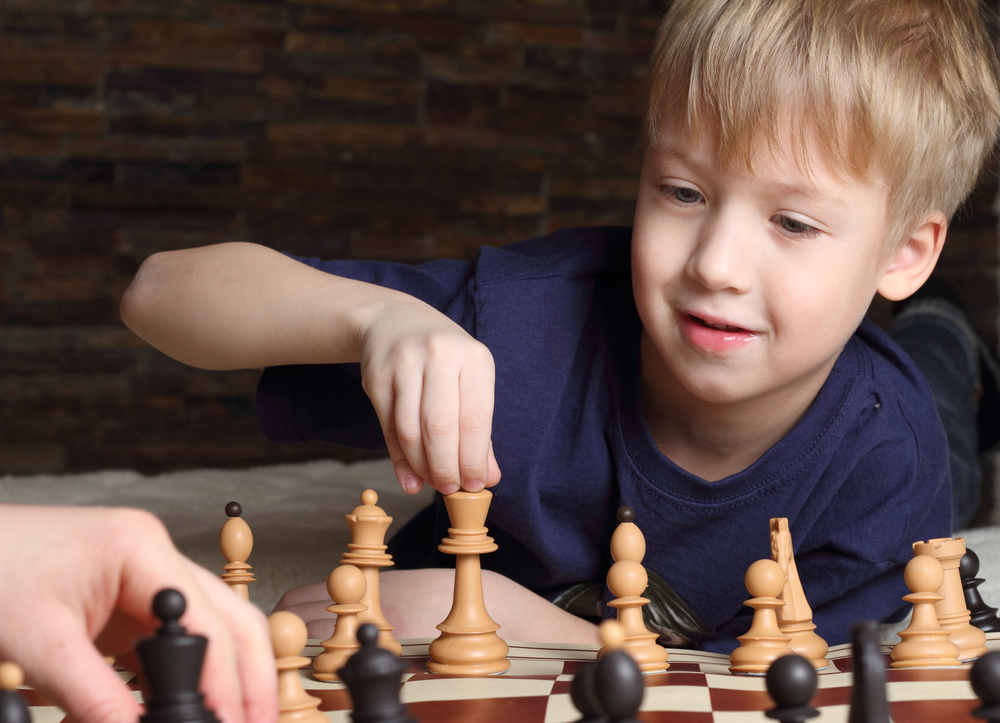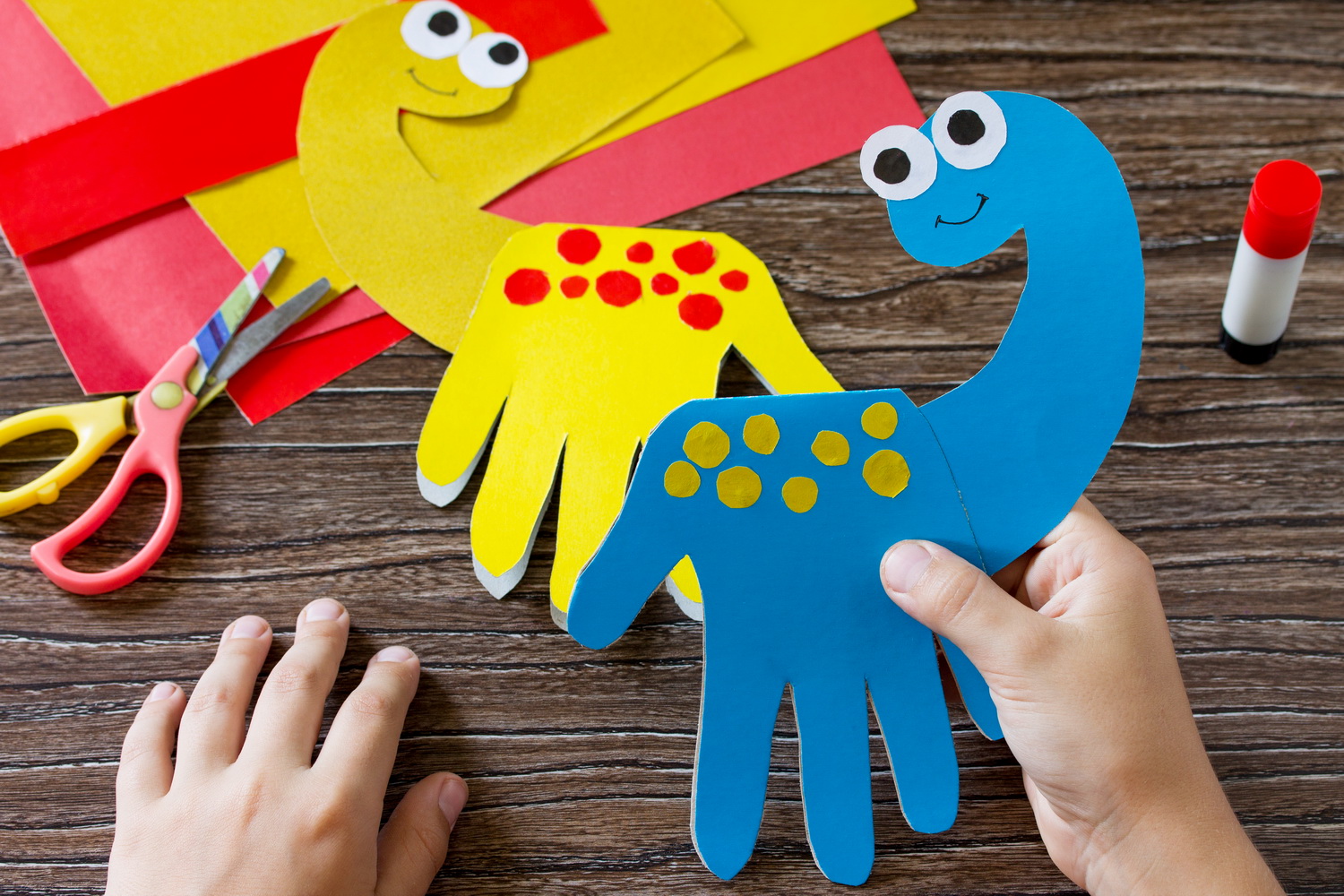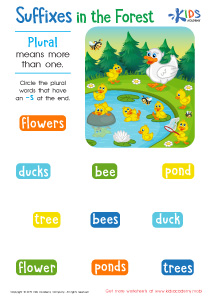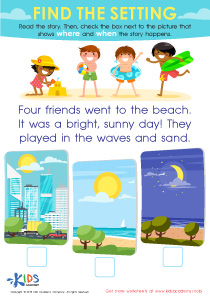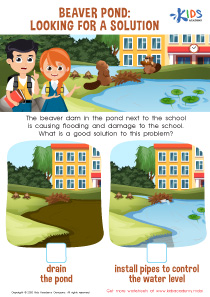Easy Matching worksheets activities for Ages 3-7
7 filtered results
-
From - To
Discover our engaging Easy Matching Worksheets for children ages 3 to 7, designed to enhance cognitive skills while making learning fun! Our thoughtfully curated activities encourage young learners to develop essential matching and logical thinking abilities through colorful illustrations and interactive tasks. Perfect for preschoolers and early graders, these worksheets promote visual recognition, critical thinking, and memory skills. Each activity captivates children's attention and provides a delightful way to reinforce knowledge about shapes, colors, and objects. Whether in the classroom or at home, our matching worksheets serve as an invaluable resource to support early childhood education. Start boosting your child’s learning journey today!
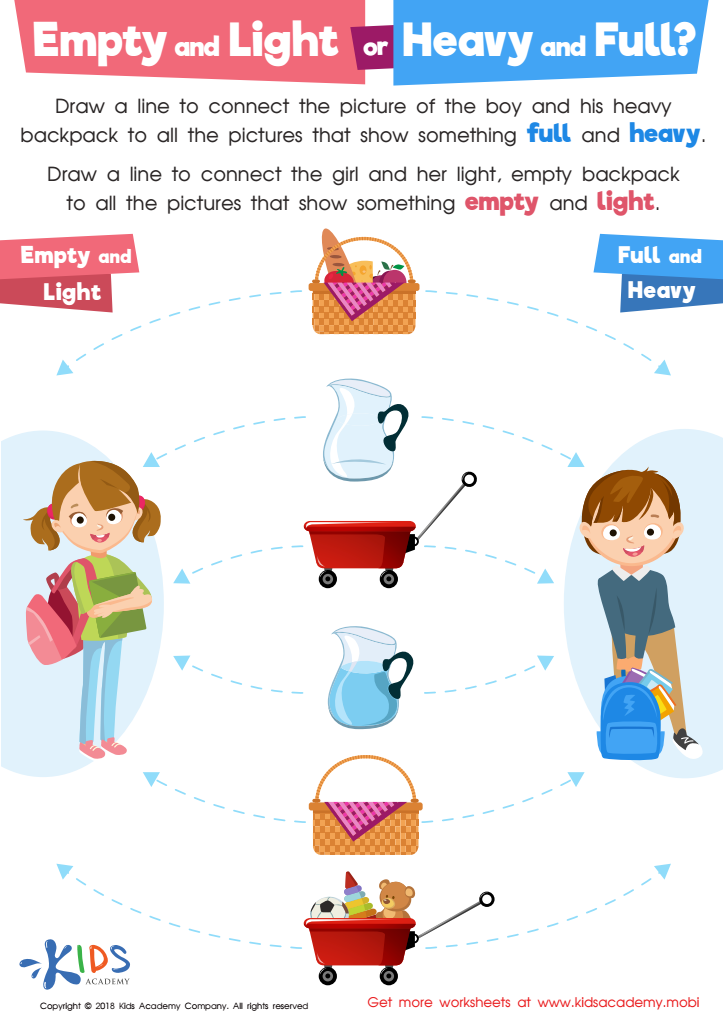

Empty and Light or Heavy and Full? Worksheet
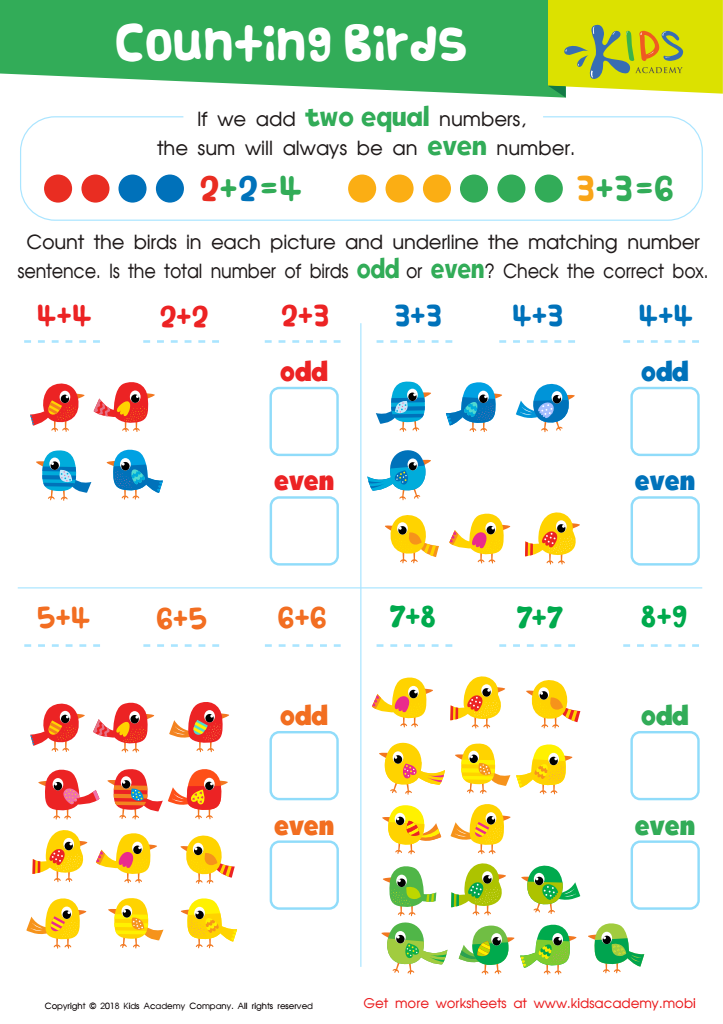

Counting Birds Worksheet
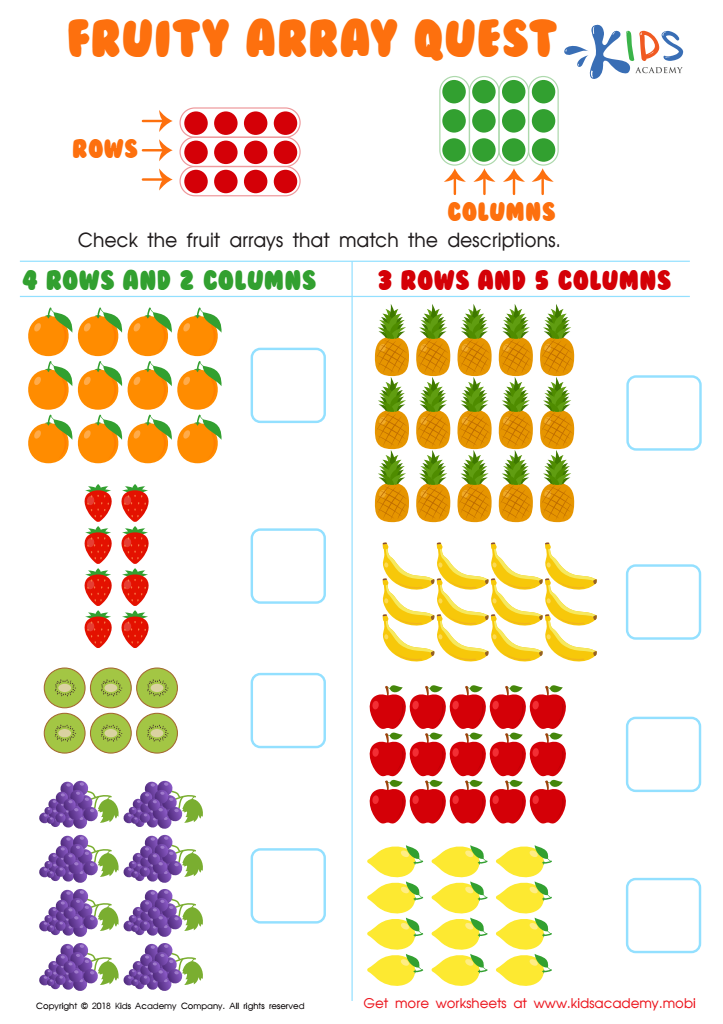

Fruity Array Quest Worksheet


Colorful Arrays Bingo Worksheet
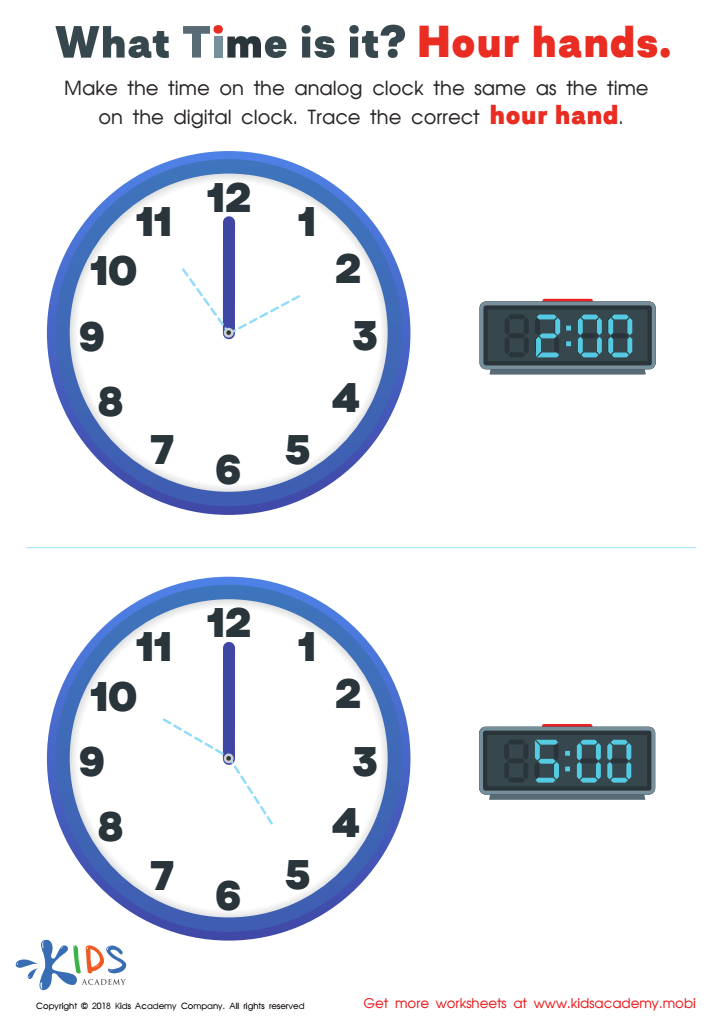

What Time Is it? Hour Hands Worksheet
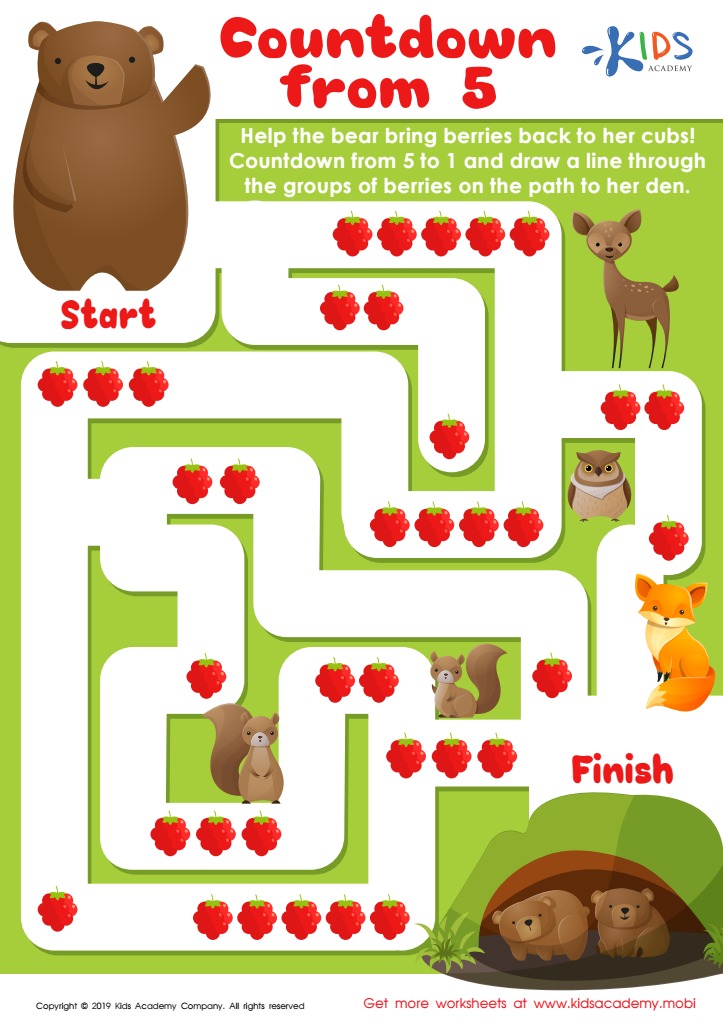

Countdown from 5 Worksheet
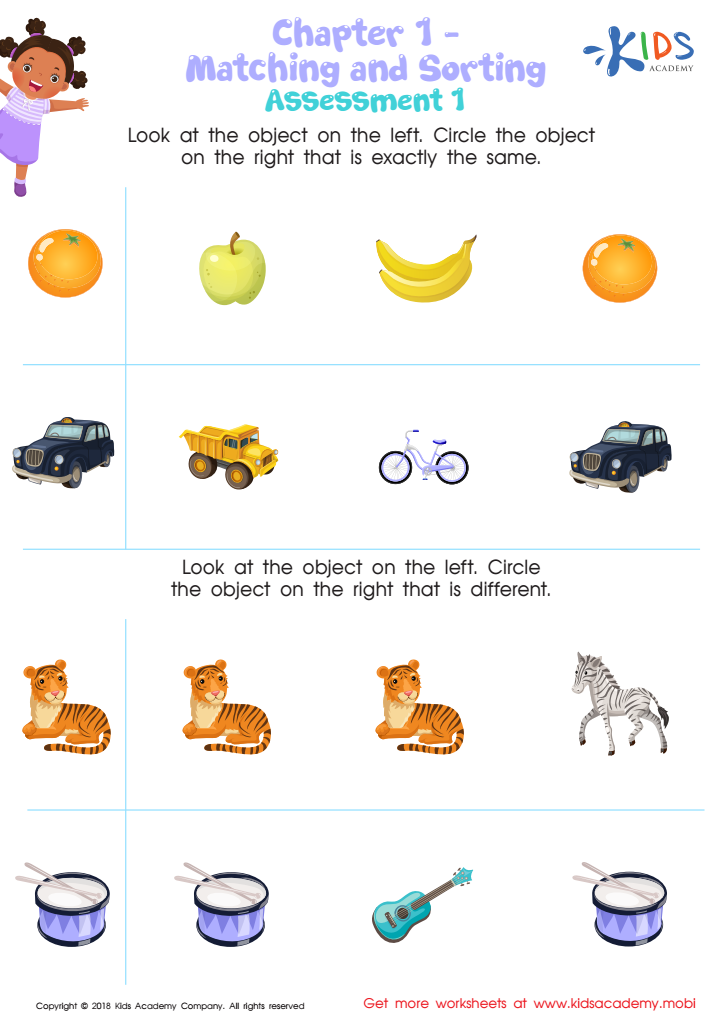

Matching and Sorting for Preschool: Assessment 1 Worksheet
Easy Matching activities play a crucial role in the development of children aged 3 to 7, providing numerous benefits that parents and teachers should prioritize. These activities help enhance cognitive skills, particularly in areas such as memory, attention, and problem-solving. By engaging in matching tasks, children not only hone their ability to recognize patterns and shapes but also gain early exposure to important concepts of equality and categorization.
Furthermore, Easy Matching activities foster social skills through shared play experiences. When children participate in these tasks with peers or family members, they develop cooperation, communication, and turn-taking abilities, which are vital for successful interpersonal interactions.
Parents and teachers should also consider the emotional benefits. Completing matching tasks provides a sense of achievement, boosting a child’s self-esteem and confidence in their abilities. Such activities can serve as a fun and interactive way to reinforce lessons about numbers, letters, and colors, making learning enjoyable and effective.
Investing time in Easy Matching activities supports holistic development—cognitive, social, and emotional—which is essential during these formative years. By making these activities a regular part of learning, adults can help children build a strong foundation for future educational success and lifelong learning.
 Assign to My Students
Assign to My Students



